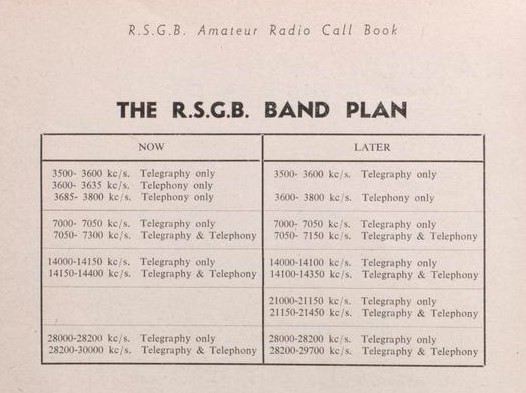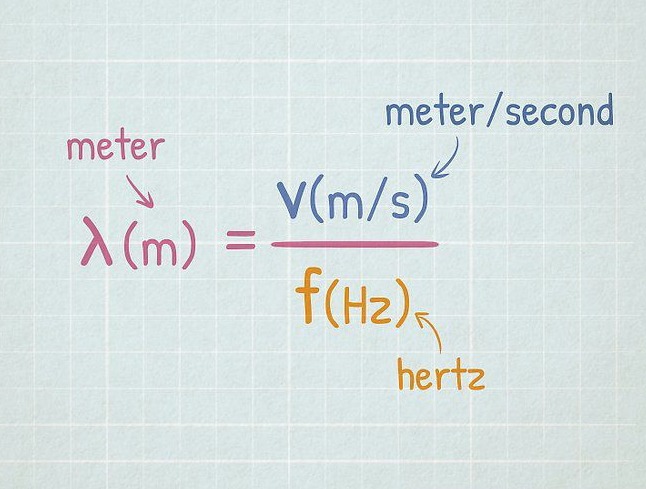
Band Plans
In the world of radio, television, phone, digital, and satellite signals, all hell would break loose if there was not an internationally agreed set of plans to indicate who can use which part of the spectrum, how they can use that part of the spectrum and how much power they can use.
Currently the International Amateur Radio Union (IARU) oversees the world wide radio amateur allocation, which is reviewed frequently.
These are then adopted and adapted as needed on a national level, to take into account local requirements, such as diplomatic, emergency services and the military needs. In the UK these are maintained by the RSGB and are normally published annually in the February edition of RadCom and additionally reviewed mid-year.
Now to show how much plans have changed, the image below shows the adopted UK Band Plan from 1951, which was included in the first RSGB Yearbook.
Current UK Band Plan
Each year the RSGB, the IARU and OfCOM review the Radio Amateur Band Plan allocation. Most years they remain the same, but occasionally they are updated and it is essential that all Radio Amateurs only use the CURRENT permitted allocations and limitations. Failure to ensure that your are using the permitted allocations and limitations, could result in licence revocation.
To ensure that this section only points to the most current I have linked to the RSGBs Band Plan page, which contains the Band Plans in various formats, including tabbed HTML, PDF, Excel and Online versions
Link to CURRENT Band Plans
